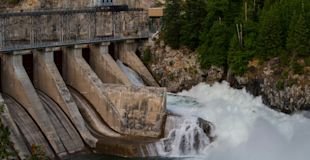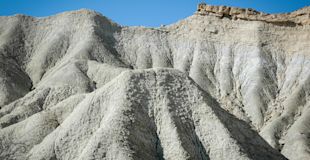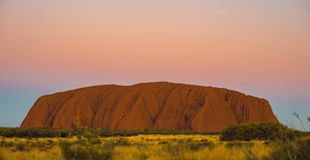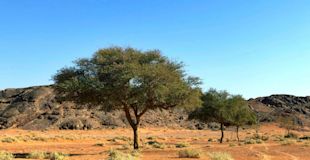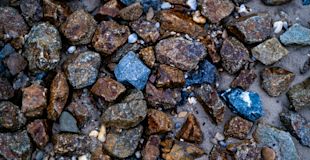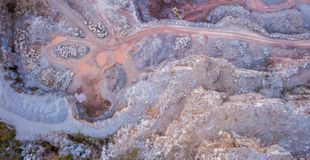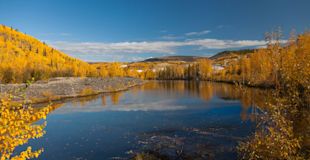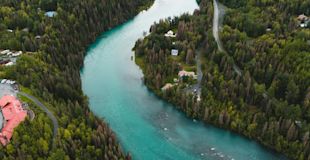Rio Tinto Case Study
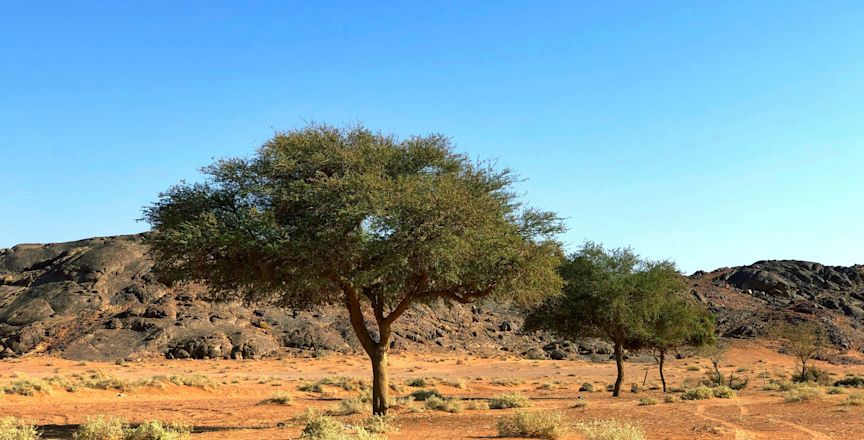
Juukan Gorge: Destruction of a Sacred Site
Juukan Gorge in the Hamersley Range in Western Australia contained caves with evidence of continuous human occupation for over 46,000 years. The ancient caves were a sacred site for the Aboriginal community and have been described by Rio Tinto's own expert as one of the most archaeologically significant sites in Australia. The caves were permanently destroyed by Rio Tinto on May 24, 2020 in order to expand an iron ore mine. The destruction of the site precipitated widespread outrage, a parliamentary inquiry, significant damage to Rio Tinto's reputation, as well as an unquantifiable loss of great historic import.
Negotiations, Permits, and Missed Warnings
Rio Tinto had spent over a decade negotiating with the Puutu Kunti Kurrama and the Pinikura (PKKP) aboriginal leaders, conducting technical and cultural studies, and obtaining the necessary permits to carry out the work. In 2013, the Government of Western Australia granted ministerial approval to Rio Tinto to blast the caves in order to extract eight million tons of high-grade iron ore with an estimated value of $104m. In 2014, however, excavations in Juukan Gorge uncovered artifacts of ‘high archaeological significance’. Notwithstanding this discovery, the caves were detonated destroying the sacred Aboriginal caves that should have been protected under the Aboriginal Heritage Act 1972 (WA).
Governance, Accountability, and Reforms
The company’s board of directors’ early internal investigation of the incident identified a work culture more focused on securing the ‘necessary approvals and consent’ than in managing key information in an ‘integrated decision-making process’ designed to avert such disasters. Three senior executives left the company, including the CEO and the Board Chair, and several other board members did not seek reelection. Although the CEO was stripped of bonuses worth £2.7 million ($3.8 million), his total remuneration increased by 20% over 2019 to £7.2 million ($10 million). Shareholders, such as Norges Bank and the UK Local Authority Pension Fund Forum, protested. In 2021, the Aboriginal Cultural Heritage Act was passed, putting traditional rights holders at the center of the decision-making process on heritage management. Rio Tinto put in place corporate changes attempting to raise the profile of Indigenous culture by creating a ‘social performance’ function directly reporting to the Executive Committee, which is comprised of the most senior executives, including the Chief Legal Officer and the CEO. In 2021, the incoming CEO revamped the Executive Team and appointed a new Chief Legal Counsel with experience in environmental, social and governance and not just securities law.
Oak Flat/Chi’chil Bildagoteel: Sacred Site in Arizona
Despite Rio Tinto’s efforts to put in place a structure to avert conflict with Indigenous Peoples, it is once again embroiled in controversy. Its subsidiary, Resolution Copper (jointly owned with BHP) has permits to develop a massive copper mine in Oak Flat in the Tonto National Forest (Arizona). This is a centuries old sacred site for the San Carlos Apache, where they pray, collect water and medicinal plants for ceremonies, gather acorns and other foods, and honor those who are buried there. The mine is expected to have a surface area of about 7,000 acres, more than 1 mile in depth, and a tailings facility of about 6,400 acres, with toxic waste stored in ponds that will stretch for miles. Block caving method of extraction will create a surface crater over two miles and around 1,000 feet deep. The mine will also use about 250 billion gallons of water over 40 years to process ore in an already drought-stricken area.
Economic Interests at Oak Flat
Economic interests are significant. Oak Flat is not only the world's third largest known deposit of copper ore but, according to Resolution Copper, has exceptionally high-grade copper deposits. It claims to be able to extract as much as 40 billion pounds of copper over 40 years--enough for more than 200 million electric vehicle engines, according to the International Copper Association. US Congress, through the Land Transfer Act, has directed the federal government to transfer the land to Resolution Copper, which will mine the ore. In exchange, an area of non-federal land will be transferred by Resolution Copper to the government. In this exchange, the special relationship that the San Carlos Apache and their neighboring tribes have with the Oak Flat site, is not recognized. Apache Stronghold, a nonprofit comprised of the San Carlos Apache tribe and conservationists, has asked the US Supreme Court to overturn a March 2024 ruling from a sharply divided 9th U.S. Circuit Court of Appeals allowing the federal government to proceed with the acreage swap and the project. Apache Stronghold holds that the action singles out a sacred site for complete physical destruction, ending specific religious rituals forever and thus is in conflict with the First Amendment. Resolution Copper states that it has expended over $2 billion on the development and permitting of the copper mine but has not yet been able to extract an ounce of copper.
Legal Battles and Court Rulings
The legal battles continue. In April 2025, the Trump administration said it would approve the land swap needed for Rio Tinto and BHP to build the copper mine [60]. In May 2025, a U.S. federal judge temporarily blocked the Trump administration from transferring land to Rio Tinto and BHP for this copper mine, citing the Supreme Court's ongoing deliberations in the complex case. In an 18-page order, U.S. District Judge Steven Logan said the Apache Stronghold is likely to succeed in its appeal to the Supreme Court and thus the land transfer should be halted for now. In late May, however, after a four-year battle in the lower courts, the U.S. Supreme Court declined to grant further review in the case of Apache Stronghold v. United States. On June 9, 2025 U.S. District Court Judge Dominic Lanza barred the Forest Service from completing the land exchange until a full 60 days after the new document is issued to give parties from the other two lawsuits sufficient time to review the environmental impact statement and revive their litigation. The 60-day period ends August 19, after which the land exchange can be completed unless the court issues a new halt to the proceedings. In July 2025, Apache Stronghold asked the high court to reconsider its decision and agree to hear the case. Also in July 2025, a group of Apache women filed their own lawsuit to halt the land exchange at Oak Flat. The women, who have spiritual and cultural connections to the site, filed their suit in the U.S. District Court for the District of Columbia July 24, 2025. They allege that the exchange violates the Religious Freedom Restoration Act, the First Amendment's religious rights protections and two environmental laws.
Sustainable Indigenous Finance: Navigating the Energy Transition
A first-of-its-kind resource designed to equip investors with actionable tools and guidance to advance due diligence, manage material risks, and strengthen Indigenous inclusion and engagement across investment practices as the world navigates the energy transition.

